Empowering Women: The ongoing series on “Empowering Women” continues with this last installment, featured on the website, Raise Your Dimensions (RYD).
- The first article in this series began with an outline of a specific area of discussion on Women’s Empowerment.
- The second post acknowledged women’s contributions across diverse fields and their impact on society. (We also have a blog that delves into the various work roles where women are making significant contributions)
- The third post illuminated women’s unique strengths and challenges.
- The fourth installment encompassed discussion on two subjects “Underrepresentation of Women in Leadership Roles” and “Alignment Sociocultural Norms with Women’s Empowerment” along with positive and negative sociocultural aspects, exploring the measures and barriers therein.
- The fifth installment explores the pervasive issues of stereotypes and Discrimination in women’s empowerment.
As we conclude this series dedicated to empowering women, our final installment turns into a comprehensive framework for advancing women’s empowerment. Within this framework, we will present a set of recommendations as well to various stakeholders accordingly.
Empowering Women: A Comprehensive Framework and Recommendations

In the endeavor to advance women’s empowerment, the establishment of a comprehensive framework is of paramount importance. This comprehensive framework takes a multifaceted approach to women’s empowerment. Below we will address a range of dimensions including education, economic independence, the challenge posed by stereotypes, and the promotion of healthier relationships along with a few other crucial aspects:
Education for Empowerment
- Access to Quality and STEM Education for girls and Women at all levels
- Promote Media Literacy by developing educational programs; that teach critical media literacy to challenge harmful stereotypes and biases
- Raise Awareness by launching an awareness campaign to educate communities about the importance of women’s empowerment and the harms of stereotypes
Economic Empowerment
- Equal Pay for equal work, and support transparency in the salary structure
- Entrepreneurship among women by providing access to resources, training, and funding
- Workplace Equality Policies and Practices that create inclusive workplaces, including flexible hours, parental leaves, and childcare support
Leadership and Representation
- Mentorship Programs to support women in leadership roles
- Diversity Targets by encouraging organizations to set diversity targets and hold them accountable for representation at all levels
- Women’s Political Participation by removing barriers and promoting gender-balanced representation
Challenging Stereotypes and Discrimination
- Media Responsibility, encourage responsible media portrayals of women and challenge objectification
- Gender-Neutral Language Usage and Challenge Stereotypes in Everyday Conversations
- Education Curriculum Revision and Updating to include gender equality and challenge stereotypes.
Legal Framework
- Legislative Reforms that address gender-based discrimination and violence
- Access to Justice for women who experience discrimination or violence
Support systems
- Mental Health Services to address the emotional toll of discrimination
- Community Support networks for women to share experiences and seek guidance
Intersectionality
- Recognize Intersectionality by acknowledging and addressing the unique challenges faced by women of different racial, ethnic, socioeconomic, and cultural backgrounds.
- Inclusive Policies and Programs that consider the intersectional experiences of women
International Collaboration
- Global Partnerships to address gender disparities on a global scale
- Data Sharing and best practices globally to accelerate progress in women’s empowerment
- Cross-Border Initiatives that transcend borders and address common challenges faced by women worldwide
- Policy Harmonization and Strategies on a global scale to ensure consistent progress
Research and Evaluation
- Data Collection and Monitoring to analyze gender disaggregation to measure progress and identify areas that require intervention
- Impact Assessment to evaluate the impact of policies and programs on women’s empowerment
Community Engagement
- Local initiatives Support and Fund that empower women and challenge stereotypes
- Community Dialogues to promote discussion of gender equality and stereotypes
Violence and Harassment
- Support Systems for Survivors of gender-based violence
- Legal Protection against all forms of violence and harassment
Allies in Empowerment
- Engage Men to actively participate as allies in women’s empowerment efforts
- Institutional Support from institutions, businesses, and governments in promoting gender equality
Shared Responsibility for Women Empowerment: The Role of Responsible Authorities

Working for women’s empowerment is a shared responsibility, demanding action from governments, communities, corporations, society, and individuals as a whole. Currently, several international organizations and governments are actively working with various agendas in the pursuit of empowering women. Here are a few prominent authorities and their frameworks for women’s empowerment:
The United Nations (UN)
United Nations plays a significant role through Sustainable Development Goal (SDG) 5, which focuses on achieving gender equality and empowering all women worldwide. It outlines targets and indicators related to gender equality, such as ending gender-based violence and ensuring women’s full and effective participation.
Member states of the UN commit to achieving gender equality and women’s empowerment. The UN sets the global agenda for gender equality through International Agreements and Conventions. Countries develop strategies and action plans. This often involves collaboration between governments, civil society organizations, and international, and international partners. The UN collaborated with various partners, including other international organizations, civil society, and women’s rights organizations, to leverage resources and expertise in advancing gender equality. The UN works through its specialized agencies and entities to implement and promote gender equality. Some of the key entities involved in this work include UN Women, UNICEF, ILO, UNFPA, and UNHCR.
The World Bank
World Bank has a comprehensive framework for gender equality, emphasizing areas like economic empowerment, education, and health. They provide financial support and technical assistance to countries working on gender equality projects.
United Nations Women
UN Women’s Strategic Plan outlines their commitment to gender equality and women’s empowerment. It focused on various aspects, including leadership and political participation, economic empowerment, and ending violence against women.
The European Union
The European has a strategy that emphasizes gender equality and women’s empowerment across its policies and programs. It includes action to combat gender-based violence and promote women in leadership roles.
The United States Agency
The US Agencies for International Development has a Women’s Empowerment and Gender Equality Policy that guides its efforts to promote gender equality and women’s empowerment globally. It covers areas like economic participation, education, and political leadership.
Governments worldwide
Many governments worldwide have their own national action plans and strategies for women’s empowerment. These plans typically include measures to address gender-based violence, promote women’s economic opportunities, and support women’s participation in decision-making.
Non-Governmental Organizations
NGOs have their own frameworks and programs for women’s empowerment. These often focus on specific issues, regions, or communities.
Companies and Corporations
Companies and Corporations like IBM, Microsoft, General Motors, Procter & Gamble, Pfizer, Johnson & Johnson, Google, Walmart, and The Coca-Cola Company have launched initiatives to empower women in the workplace. These are just a few examples, and many more companies worldwide are actively working to empower women in their workplace through various programs, policies, and initiatives. Gender diversity and inclusion have become central themes in the corporate world as businesses recognize the importance of a diverse and empowered workforce.
These initiatives may include gender diversity programs, mentorship opportunities, and efforts to close the gender pay gap.
Enhancing Women’s Empowerment: A Call to Action

While international organizations and governments have made significant strides in advancing women’s empowerment, there remain critical gaps and challenges in the framework and implementation of these efforts.
It is a Call to Action
The effective execution of the framework is highly required. Collaboration and sustained efforts are essential to address the complex and multifaceted challenges related to women’s empowerment.
Empowering Change: A Collective Commitment
Addressing the framework and implementation of women’s empowerment framework is a multifaceted endeavor. It requires a dedicated commitment from all stakeholders.
This collective effort should involve everyone, irrespective of gender. Men and women should actively support and safeguard each other’s interests, fostering a culture of commitment and empathy. It’s essential for those who are in positions of power, as well as those who possess a deep understanding of the issue, to grasp the intricate interplay of gender dynamics. Recognizing the need for balance and equity is paramount in this endeavor.
Balancing Dynamics: Men, Women and the path to healthier societies
Understanding the intricate dynamics of both genders is vital towards gender equality, and women’s empowerment. Men and women (humans) bring unique strengths to the table. Rather than pitting these qualities against each other, we should celebrate them as complementary. For instance, studies show that diverse teams, including both genders, tend to be more innovative and successful. They can provide diverse perspectives and problem-solving approaches. By recognizing and leveraging the real potential of women, we can create a valuable and healthy society.
Women and men as human have untapped abilities, and encouraging education and opportunities for both can lead to more robust societies. When we empower both equally, we unlock the full potential of our communities. To cultivate healthier relationships, it is essential to provide impartial evaluations and recommendations for both. Communication, trust, and mutual respect form the foundation of a healthy relationship.
ate healthier relationships, it is essential to provide impartial evaluations and recommendations for both. Communication, trust, and mutual respect form the foundation of a healthy relationship.
Recommendation for Empowerment

Here are recommendations for various stakeholders to promote women’s empowerment:
Recommendations for Women
Education and Skill Development
Continuous learning and skill building are essential for personal growth and empowerment. Invest in your education and skills development to enhance your personal and professional capabilities.
Financial Literacy
Women should have access to financial education and resources to secure their financial independence. Learn about financial management, savings, and investments to secure your financial future.
Networking
Building strong networks can open doors to opportunities and support.
Self-Confidence
Encouraging self-belief and assertiveness is vital for women’s empowerment. Believe in your abilities and be assertive in pursuing your goals and aspirations.
Leadership Development
Women should be supported in pursuing leadership roles. Take leadership training and seek opportunities to lead and make decisions.
Mental Health
Prioritize your mental well-being and seek help if needed. Self-care is essential for empowerment.
Advocacy
Raise your voice against discrimination and injustice. Advocate for gender equality in your workplace and community.
Recommendations for Governance
Legal Reforms
Enforce and strengthen laws that protect women’s rights and address gender-based discrimination and violence.
Gender Responsive Policies
Develop and implement policies that promote gender equality in education, employment, and healthcare.
Representation
Promote the participation of women in decision-making roles, including politics, corporate boards, and public institutions.
Support Systems
Establish support systems for survivors of gender-based violence and ensure access to justice.
Gender Disaggregated Data
Collect and analyze gender-disaggregated data to inform policies and track progress.
Recommendations for Communities
Awareness Programs
Organize awareness campaigns on gender equality, challenging stereotypes, and promoting women’s empowerment.
Safe Spaces
Create safe spaces where women can discuss their challenges, share experiences, and seek support.
Community Engagement
Involve men and boys in gender equality initiatives, emphasizing their role as allies.
Mentorship Programs
Establish mentorship programs connecting experienced women with younger generations.
Recommendations for Society
Media Responsibility
Encourage responsible media portrayals of women and girls, challenging stereotypes and objectification.
Education
Revise education curricula to include gender equality and challenge stereotypes from an early age.
Promote Diversity
Celebrate and support women’s achievements in diverse fields, showcasing their contributions.
Cultural Sensitivity
Respect cultural diversity while advocating for gender equality, promoting dialogue, and understanding.
Recommendations for Individuals
Challenge Stereotypes
Examine your own biases and challenge stereotypes in your interaction and language.
Supportive Relationships
Foster supportive relationships at home and in the workplace, sharing responsibilities and opportunities equally.
Educate Yourself
Continuously educate yourself about gender issues and empower others through education.
Speak Out
Speak out against gender-based discrimination, harassment, and violence.
Be an Ally
Men can actively support women’s empowerment by being allies, promoting gender equality, and encouraging diversity.
These recommendations aim to create a collective effort. By working together and implementing these suggestions, we can create a more equitable and inclusive world where both genders contribute their best to create a world, where equality and respect reign supreme.
Concluded….
Disclaimer: The majority of the pictures on our platform are sourced from Google images and Pexels, and may not indicate copyright ownership. We will promptly remove the picture with sincere apologies, if any copyright claims.







